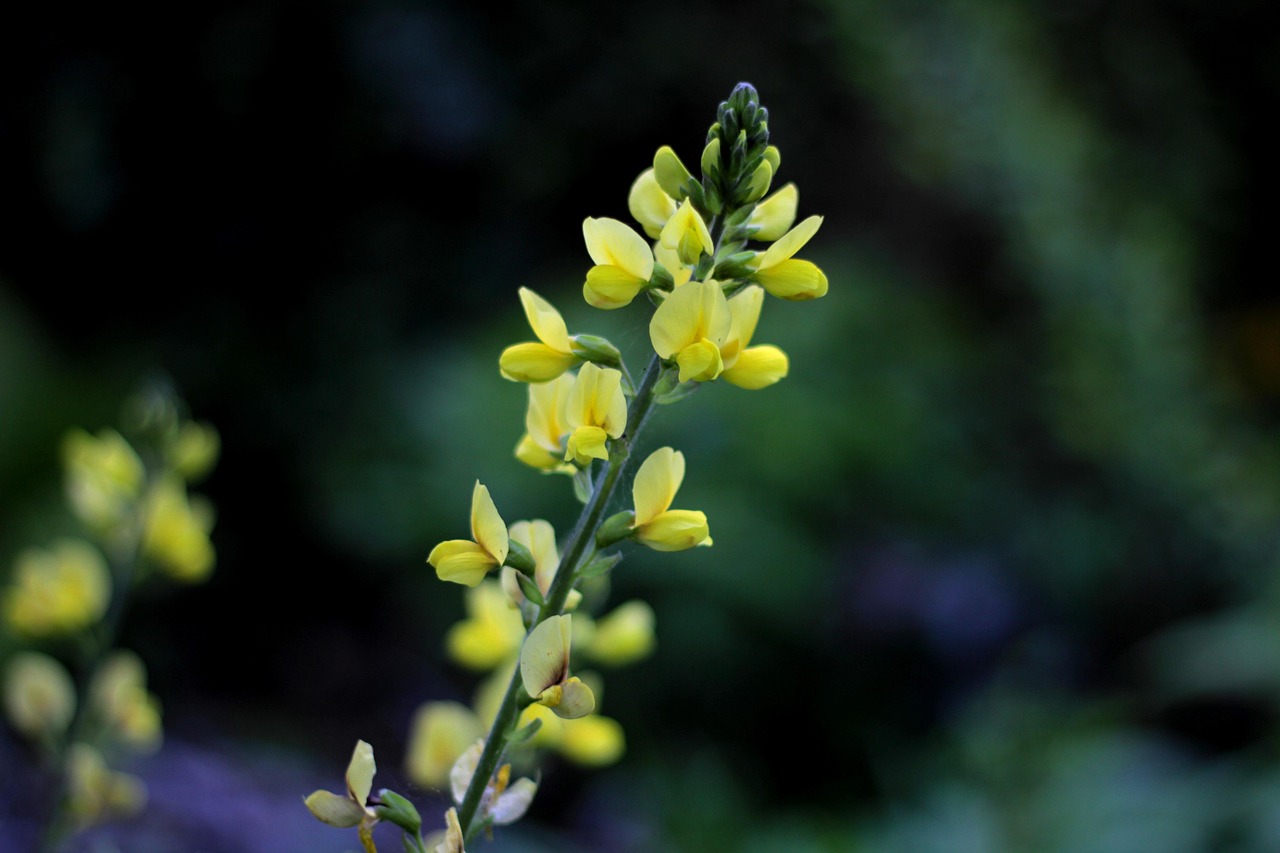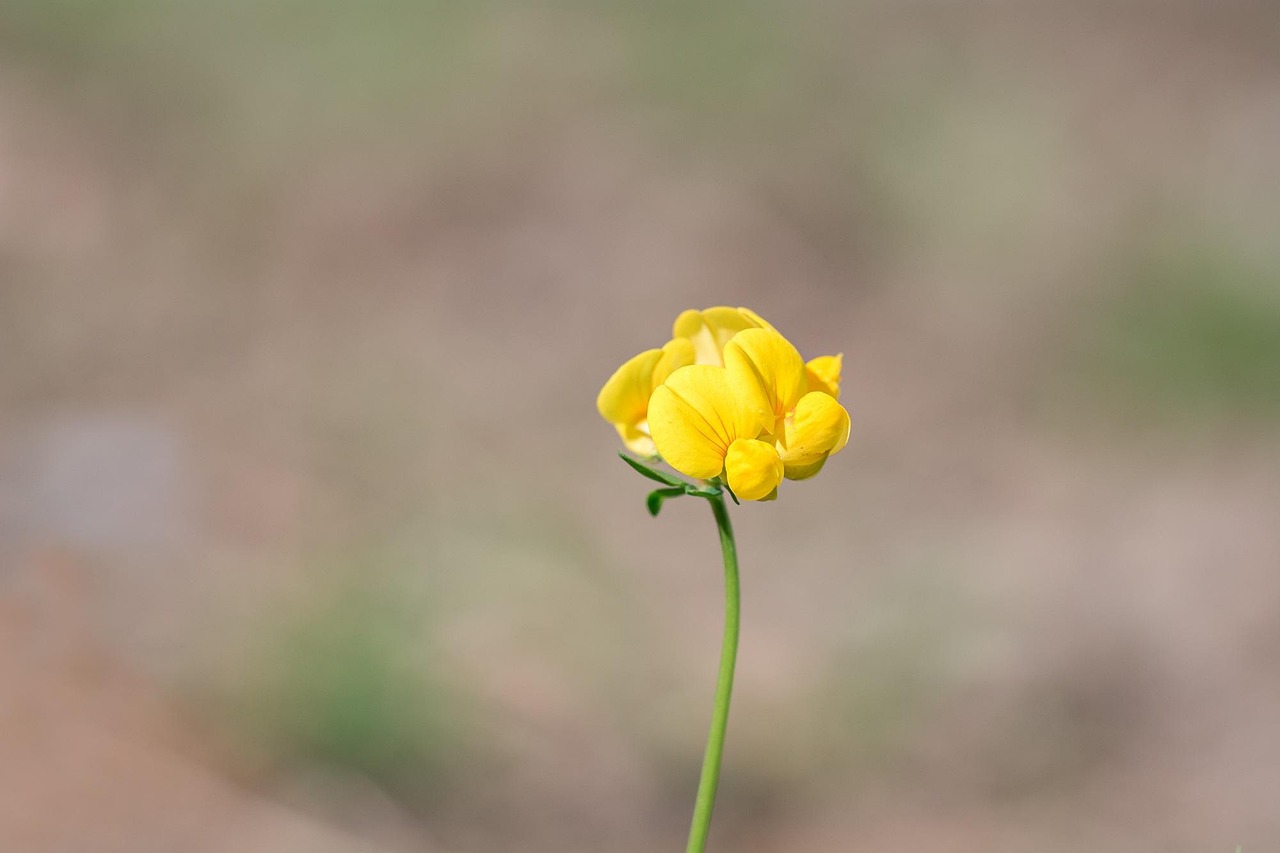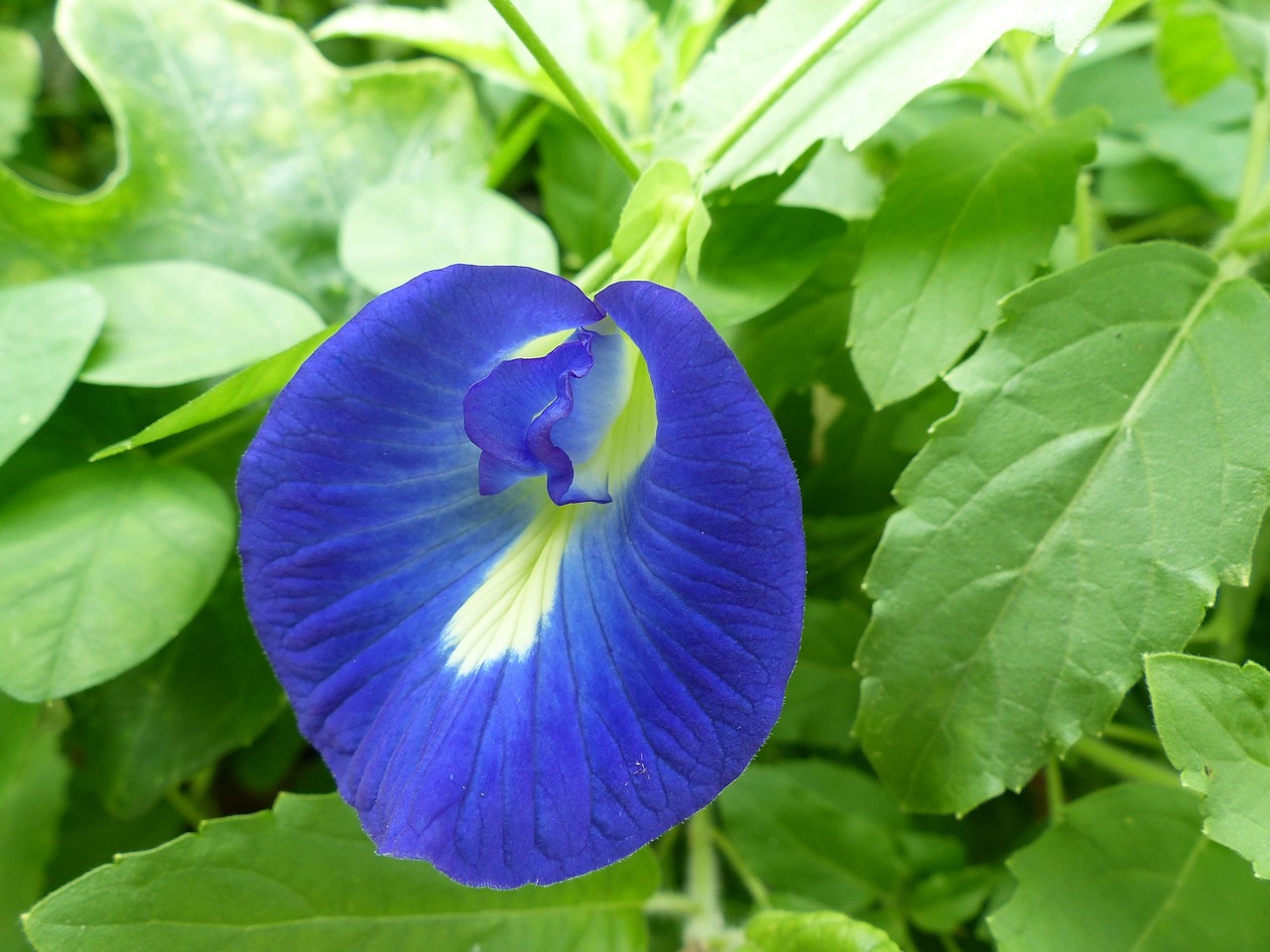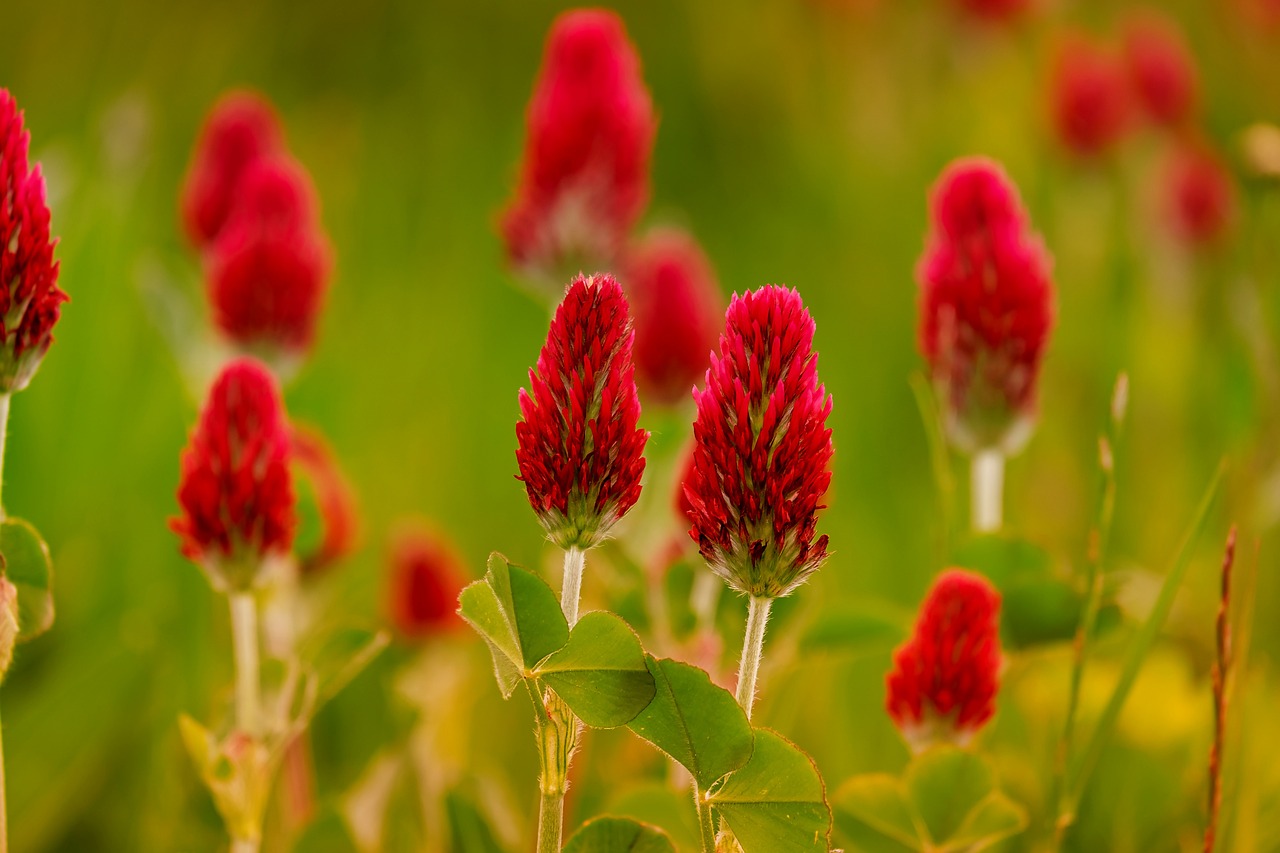Lupine | Towers of Flowers Reaching for the Sky
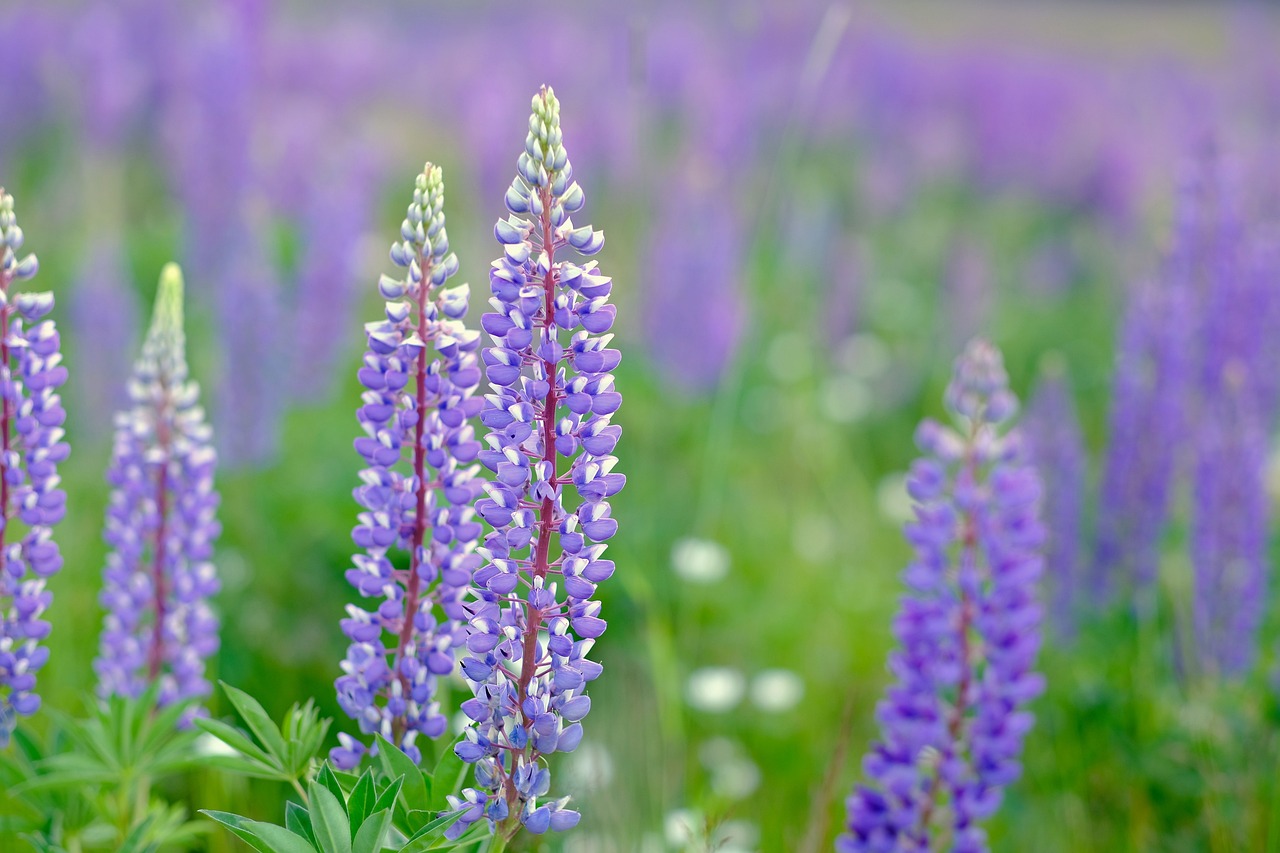
The lupine is a plant distinguished by its vivid colors and unique form, beautifully brightening gardens from spring to early summer. Its flower spikes rise like towers, leaving an impression that is both elegant and powerful.
In this article, I will provide a detailed explanation of lupines, covering their basic information, cultural background, and gardening tips.
Basic Information
- Scientific name: Lupinus
- Family: Fabaceae
- Origin: North America, South America
- Appearance:
The lupine produces elongated flower spikes densely covered with small blossoms. The flowers come in a wide range of colors—blue, purple, white, pink, and yellow—bringing vibrancy to the garden. With a height of about 50 to 150 cm, lupines add volume and presence to any garden landscape. - Blooming season:
Generally from April to June (spring to early summer).
Cultural Significance Around the World
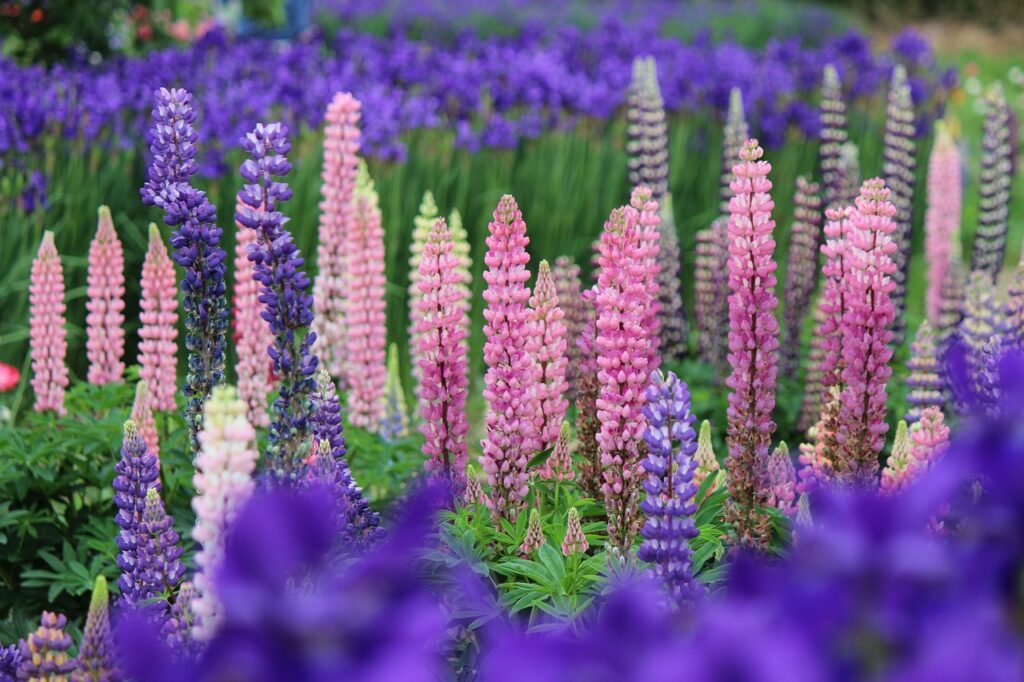
Lupines are especially beloved in North America and Europe, where they are widely cultivated for their beauty.
They also carry the meanings of “happiness” and “imagination,” making them popular as gifts.
In the United States, the blue variety known as the Texas Bluebonnet has been designated as the state flower of Texas. Each spring, vast fields bloom into a magnificent blue carpet, attracting visitors and serving as a celebrated tourist attraction.
Historical Background
Records show that lupines were already cultivated in ancient Rome and Greece, mainly for soil improvement.
Because lupine roots have the ability to fix nitrogen, they thrive even in poor soils, enriching the land and proving useful as a crop.
Lupines have also been celebrated as symbolic flowers of the American wilderness, often appearing in works of art and literature. For instance, in Montana, vast lupine fields have inspired poetry and painting alike.
Gardening Advice
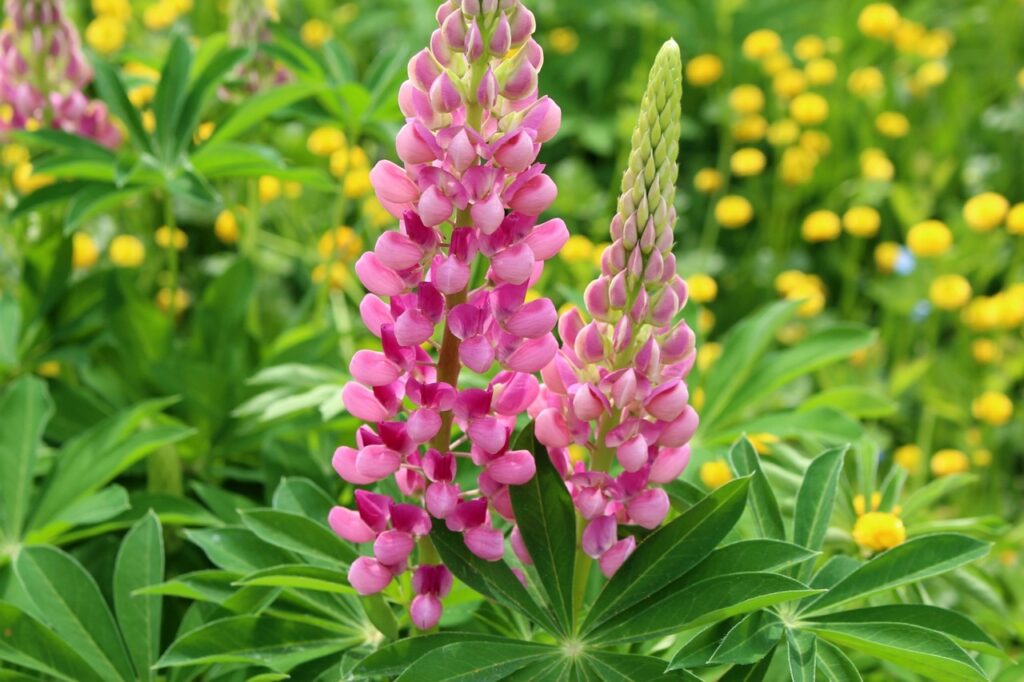
Cultivation Guide
Lupines prefer sunny locations. Planting them in well-ventilated areas helps reduce disease risks and ensures healthy growth. Because their roots spread deeply, they are better suited for garden beds than pots.
Water them thoroughly once the topsoil has dried, but avoid overwatering. While they are relatively drought-tolerant, providing extra water during the blooming season will encourage more abundant flowers.
Soil and Growing Conditions
Lupines thrive in slightly acidic, well-drained soil. If the soil is clay-heavy, I recommend improving it by mixing in leaf mold or peat moss. They are also highly cold-resistant, making them suitable even for gardens in colder regions.
As for fertilizer, a small amount of slow-release fertilizer at planting time is sufficient. Overfertilization can result in excessive foliage with fewer flowers, so it is best to apply sparingly.
Conclusion
With their striking flower spikes and rich colors, lupines are beloved by many gardeners.
They are relatively easy to grow, and with proper conditions, they will reward you with magnificent blooms year after year.
I recommend lupines to anyone wishing to add a colorful accent to their spring garden. Bring lupines into your garden, and let them brighten your outdoor space with elegance and vibrancy.

